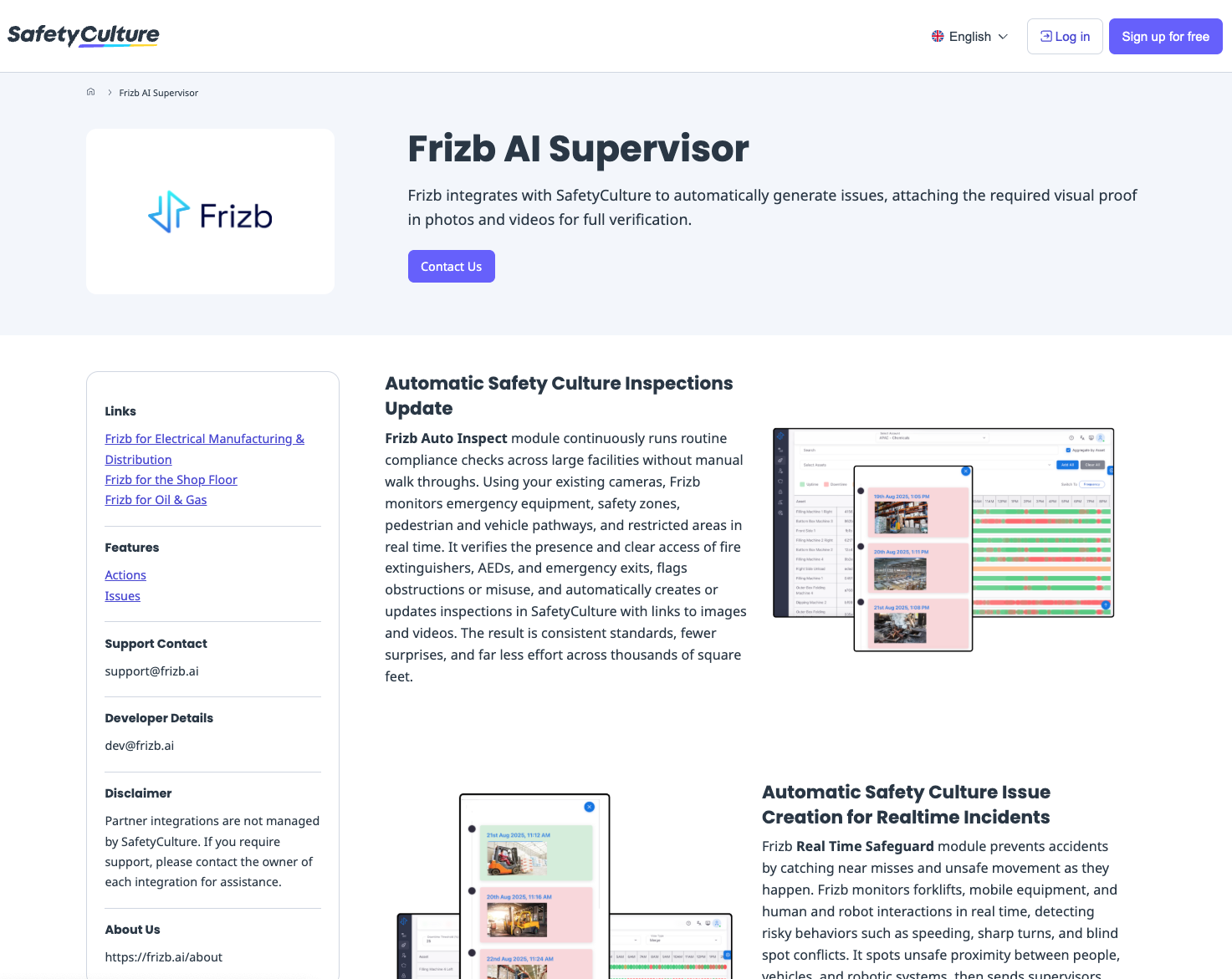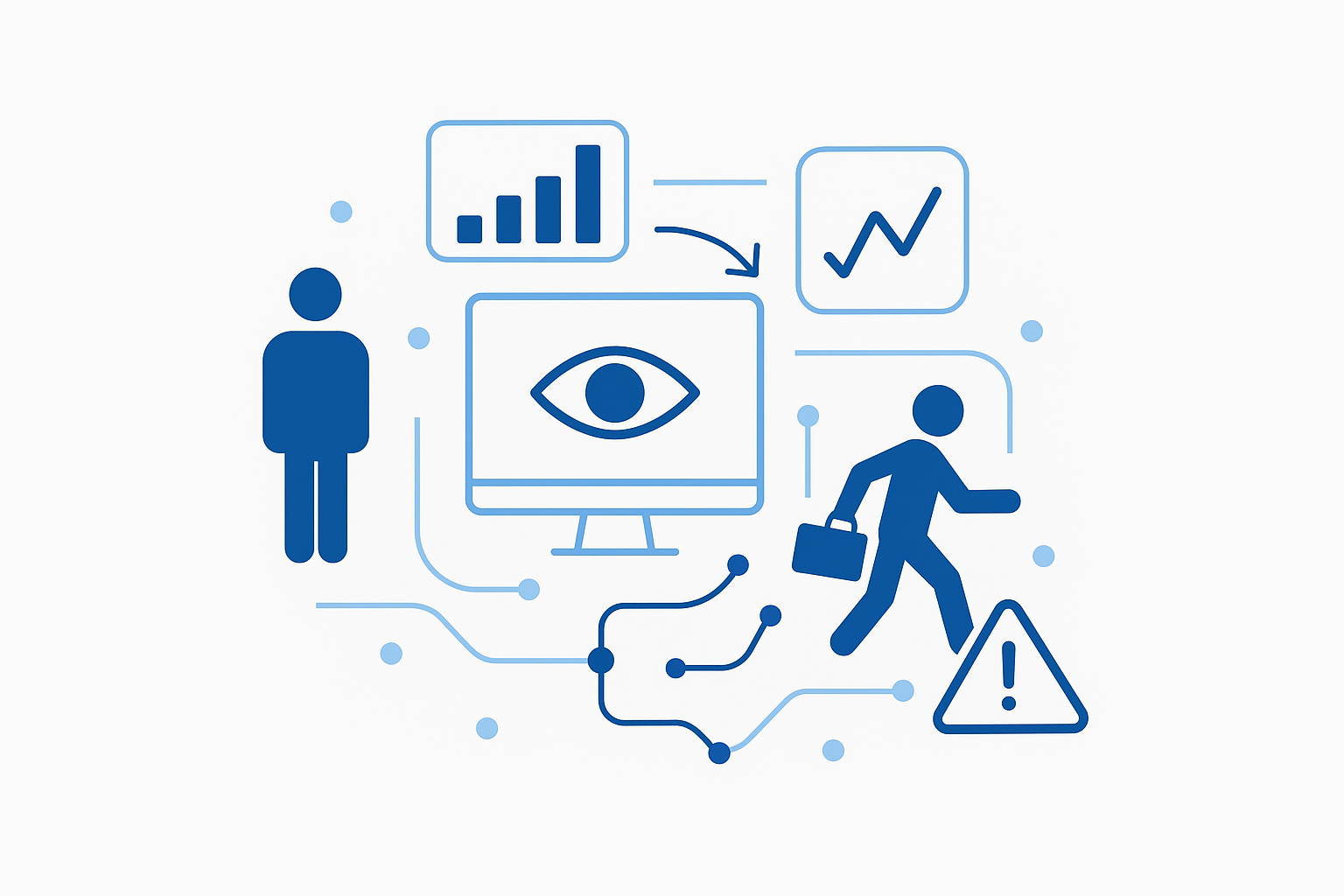
Factories and warehouses are no longer single vendor robot floors. They are mixed. There are several brands of AMRs, fixed industrial robots on their own safety buses, sometimes a humanoid pilot, and people moving through all of it. Every system can do local safety. They do not all speak the same safety language. That is the gap.
A basic safety intent such as “a person entered this shared space, everyone slow or stop” still becomes custom logic for each vendor. One robot reports blocked. Another reports obstacle. A third does not report in real time. You end up translating messages in the fleet manager or in middleware. That is fragile and hard to audit.
IEC 61850 solved a similar multi vendor and high consequence problem. It
There are several good efforts in industrial and mobile robotics already. OPC UA and OPC UA FX are working to make controller to controller and device to device communication consistent. VDA 5050 lets one fleet manager talk to mobile robots from several makers. The MassRobotics AMR Interoperability Standard helps mixed mobile fleets share status. ISO 3691 4 gives safety guidance for driverless trucks and AMRs. All of these are moving in the correct direction, but they will take time to reach every vendor and every site. We cannot tell a plant to pause adoption until every protocol and every profile is perfect. We need something that works now and also supports these standards as they mature. That is exactly what Strategic Pattern Monitoring does.
Frizb Strategic Pattern Monitoring sits above the robots and watches real behavior from vision. It can tell who is in an aisle, which robot type is entering which zone, how long people dwell in risky areas, and when a humanoid appears in a mobile only area. It can raise normalized safety and operational events even if the underlying robots do not report them in a standard way.
Frizb also listens to industrial data. It can subscribe to OPC UA, MQTT, Modbus and REST feeds from robots, controllers and warehouse systems. That way it can match what the device said it did with what the camera saw. Vision and protocol data are correlated into one operating picture across vendors.
Near misses are the most useful safety signals on a mixed floor. The robot often knows its pose, planned path, sensor that triggered, and confidence level at that moment. That data usually stays inside the vendor log. A sensible standard should ask for a small safety disclosure bundle for every near miss. Then a site or an SPM layer such as Frizb can line up near misses from different robots, find dangerous zones, retrain models and prove that risk is going down.
A practical version for robotics would define
IEC 61850 is a very good inspiration because it showed that one common bus and one common information model can let many vendors connect. It is not perfect. Real projects have to deal with cybersecurity concerns, with IEC 62351 protections, with legacy equipment and with people who need training to run it safely. In robotics we also have other standards and regulations that are evolving at the same time. IEC 61508 still asks us to prove functional safety. ISO 10218 and ISO 3691 4 still define what safe robots and safe mobile robots should do. ISO IEC TR 5469 and ISO IEC TS 22440 are trying to describe how AI can live near safety. The EU AI Act is starting to ask for logging and documentation for high risk AI systems. Because all of these are moving at different speeds, we should take IEC 61850 as an inspiration, not as a blueprint. We borrow the ideas of common model, trusted time and event semantics, and we let Strategic Pattern Monitoring provide the missing link today so that these standards have real operational data to grow on.
Robot makers should expose safety and state in a common model. Standards bodies should keep aligning OPC UA for Robotics, VDA 5050 and the safety work. Platforms such as Frizb should continue to act as the pattern bridge. They should use vision together with OPC UA, MQTT, Modbus and REST to publish standard shaped events today so that the floor becomes safer now and standards have real data to learn from.








